
ASU researcher earns Moore Inventor Fellowship with nanoparticle coating tool
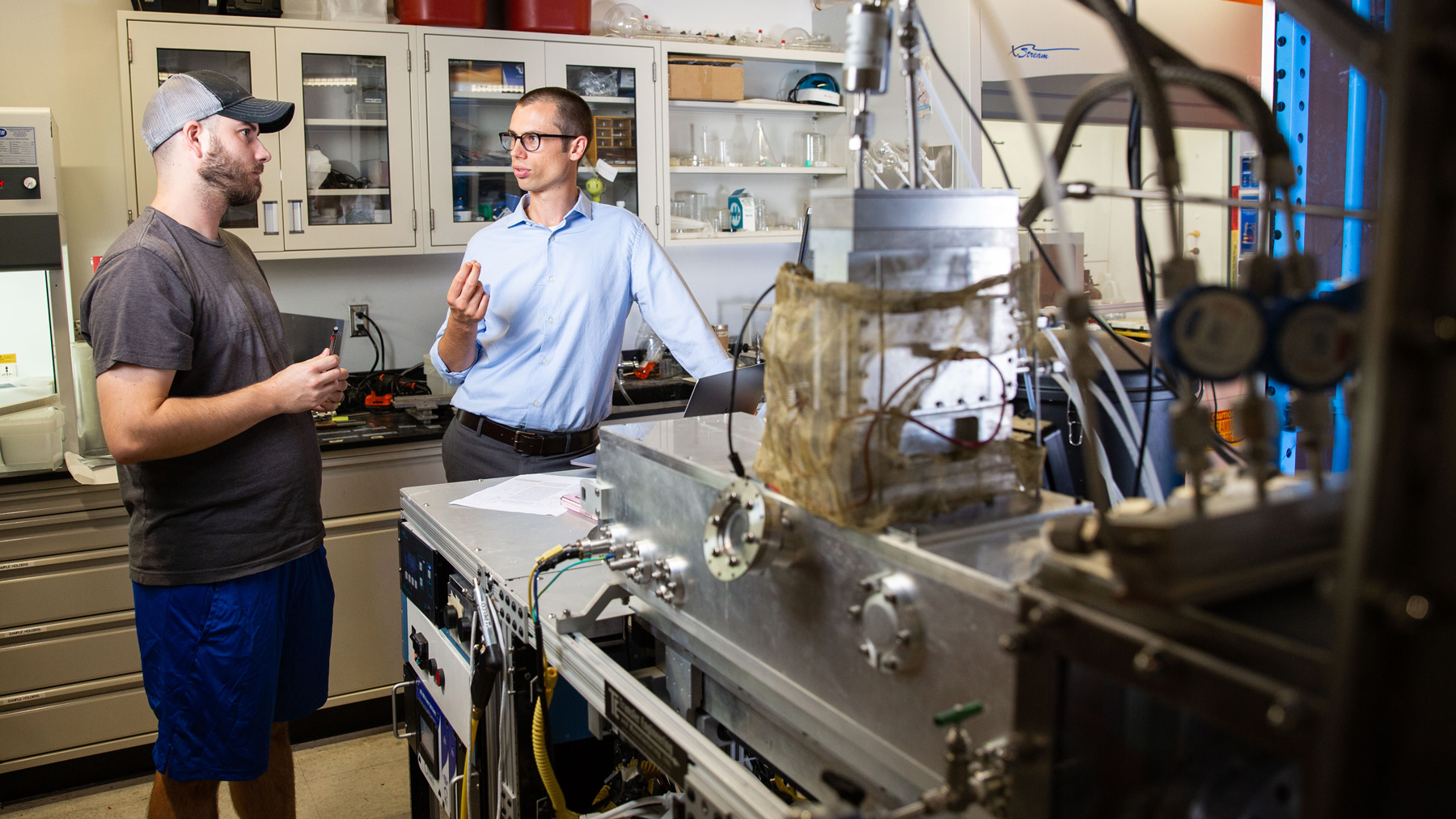
Touchscreens repelling fingerprints, bandages inhibiting infection, home windows cleaning themselves, solar panels converting more sunlight to electricity — Zachary Holman is making ordinary surfaces extraordinary using nanoparticles.
Nanoparticles are microscopic pieces of material that are 1 to 100 nanometers in size (a sheet of paper is 100,000 nanometers thick). They can be applied to a variety of surfaces, allowing everyday objects to take on new properties, such as dirt-repelling and antibacterial behaviors. However, to take advantage of those properties, manufacturers need a way to attach the nanoparticles to those objects.
Holman, an Arizona State University assistant professor, has invented a tool that can spray a coating of nanoparticles onto glass and other surfaces. Holman received a Moore Inventor Fellowship for the invention’s potential. He is one of five recipients of the three-year, $825,000 fellowship from the Gordon and Betty Moore Foundation, which will support the continued research and entrepreneurship Holman started a decade ago.
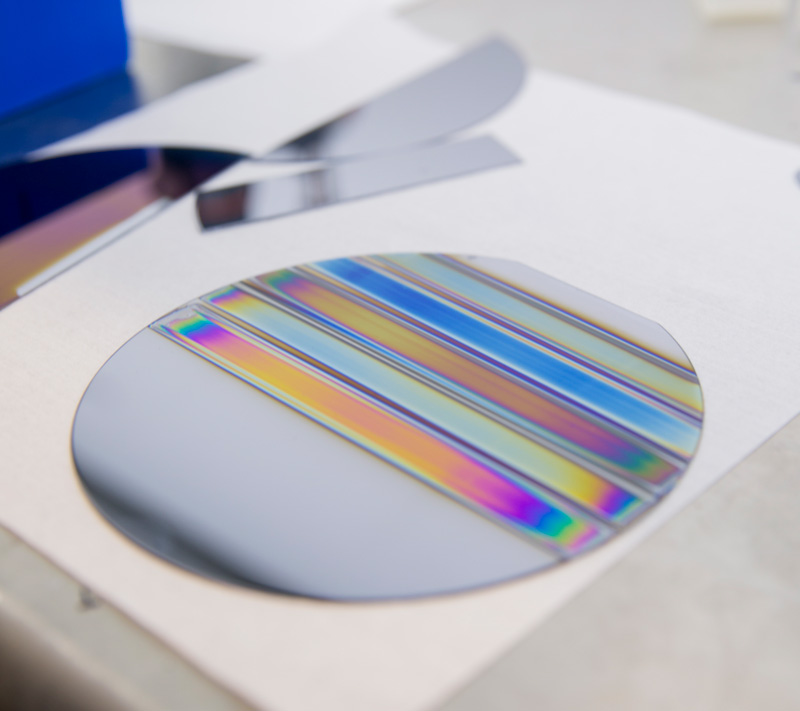
Zachary Holman’s research team is testing different formulas of nanoparticle coatings in uniform and patterned layers. Photographer: Jessica Hochreiter/ASU
A new way to gather dust
Functional coatings represent a $14 billion market that is predicted to triple in the next 10 years if nanoparticles can be successfully incorporated. However, not many methods can apply them well. Holman, an expert in nanotechnology in ASU’s Ira A. Fulton Schools of Engineering, is pioneering a solution that can.
The limited state-of-the-art nanoparticle application tools that currently exist take a paintbrush or firehose approach — they are precise but limited to small areas or inaccurate but scalable to large areas.
Holman’s nanoparticle coating tool works like an aerosol can of spray paint. But instead of spraying liquid droplets of paint, it sprays nanoparticle dust — dry spheres of solid material 1,000 times smaller than spray paint droplets. And instead of using gas like in an aerosol can — which would interfere with the nanoparticles reaching their intended surface — the nanoparticle spray coater operates in a vacuum.
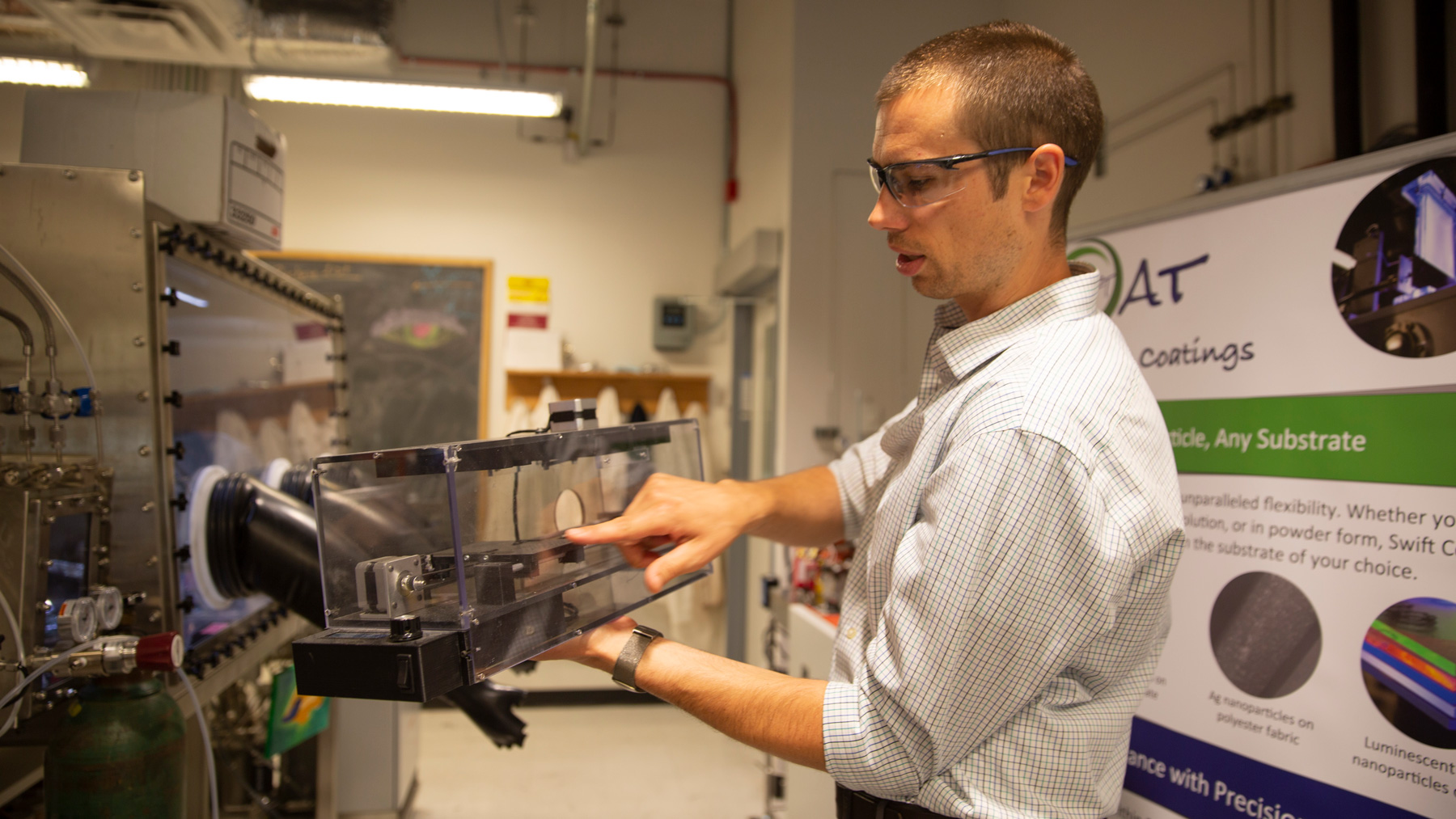
Assistant Professor Zachary Holman holds a model of the nanoparticle deposition tool. A chuck carries a substrate, such as a piece of glass, underneath a nozzle on the top of the box that directs nanoparticle dust toward the surface. Photographer: Erika Gronek/ASU
The aerosol-can-like approach balances versatility, speed and precision. Holman’s nanoparticle deposition tool has the capabilities to make thick and thin, solid and patterned coatings that can uniformly and reliably cover millions of square feet per year.
Another innovative difference between Holman’s coating approach and others is that the coating porosity is adjustable. Altering the ratio of particles to empty space changes properties such as how well the film conducts heat, how it reflects and transmits light, and how much surface of the nanoparticles is exposed to do useful chemistry.
From personal solution to startup
Holman came up with the coating concept about 10 years ago while studying nanoparticles as a doctoral student. He didn’t have an easy way of collecting the nanoparticle dust to analyze it, so he devised a new way to collect dust on a substrate, or surface.
In 2016, Holman had the idea to use coatings of nanoparticle dust to enhance the efficiency of tandem solar cells. Soon after, he and his research team realized other industries could improve their products by applying nanoparticles to their surfaces.
“The more we look, the more we find,” Holman says.
The discovery of a wider market for his idea turned into Swift Coat, a venture to commercialize the nanoparticle spray tool equipment. With commercialization comes the need for speed and size, so Swift Coat is developing the capability to coat larger surfaces.
The Moore Inventor Fellowship supports Holman’s aims to expand the tool’s abilities in scope rather than size, enabling new materials and new applications.
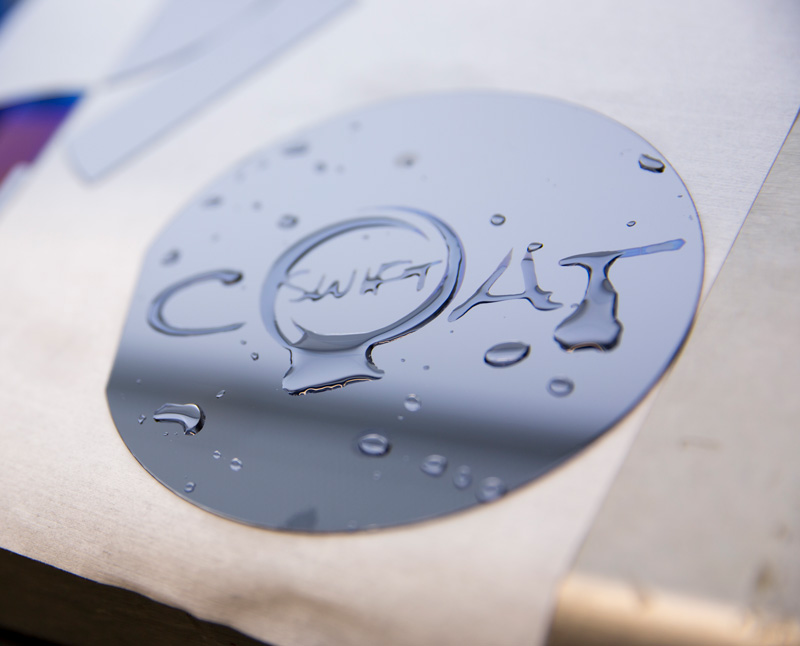
Zachary Holman’s development of a nanoparticle deposition tool led to the founding of Swift Coat, a venture to commercialize the technology. Photographer: Jessica Hochreiter/ASU
More opportunities to innovate
The Moore Foundation seeks to identify and support outstanding innovators and inventors through the Moore Inventor Fellowship competition. Fellows enhance scientific research, strengthen environmental conservation or improve patient care experience and outcomes. Now in its third year, the foundation will provide nearly $34 million in funding through 2026 to support 50 Moore Inventor Fellows.
In the 2018 competition, Holman was one of 200 nominees from universities around the country and one of 10 chosen by the foundation to present in-person pitches in Palo Alto, California, to a board of 10 scientists and engineers. The resources from the fellowship and knowledge from the foundation will provide valuable opportunities.
“I expect to derive a lot more benefit than just dollars from this relationship,” Holman says, adding that he has already come up with new ideas from the pitch and talking with others involved in the Moore Foundation.
As part of the Moore Inventor Fellowship, ASU also makes a financial commitment to Holman’s fellowship funding. ASU went beyond the $50,000 minimum contribution per year, demonstrating the university’s commitment to entrepreneurial mentorship.
“ASU has really made a name for itself in the area of entrepreneurship, and I received this opportunity in large part because of that,” Holman says. “In return I’m really happy to be ASU’s representative.”
One day you might have cheaper solar panels, cleaner windows and bandages that accelerate healing thanks to nanoparticle dust applied using Holman’s innovative spraying tool.
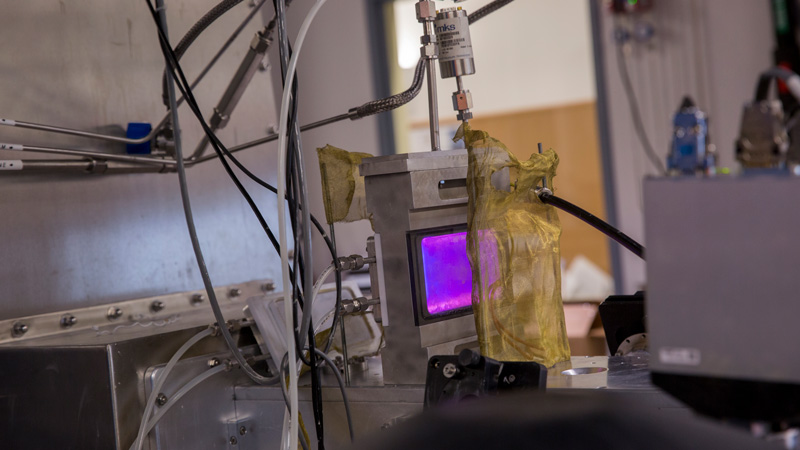
The nanoparticle deposition tool, known as Deppy, is a prototype of Assistant Professor Zachary Holman’s coating tool. It operates similar to an aerosol can of spray paint but instead deposits nanoscopic solid spheres of dust. Photographer: Jessica Hochreiter/ASU
Meet “Deppy,” the nanoparticle deposition tool
In Assistant Professor Zachary Holman’s Optical and Electronic Materials Laboratory, researchers work with a prototype of the nanoparticle deposition tool, known to lab members as Deppy. The machine makes nanoscopic dust and deposits it in a similar fashion to an aerosol can.
A researcher places a substrate, such as a piece of glass, on a platform and slides it inside the main compartment of the deposition tool.
Then all the air is pumped out so the nanoparticles can be sprayed in a vacuum — any air or gas left in the tool would interfere with the attachment of the nanoparticles to the substrate.
The platform, or chuck, then slides the glass back and forth under a slit-shaped nozzle. The tool accelerates nanoparticles through the nozzle to up to a kilometer per second (nearly 2,240 miles per hour) toward the glass.
Depending on the thickness of the coating, this can take from a few seconds to 15 minutes or more.
Holman’s team is also developing a technique to create patterns in addition to even coatings. Currently, they can use a stencil to create patterns, but with the help of the Moore Inventor Fellowship, Holman wants to adapt a technique used by laser printers. Laser printers electrically charge a rotating drum, blast it with a laser to create the pattern — text, photos, graphics — and then pick up toner particles on the patterns to print them on paper.
Holman and his lab members are currently experimenting with silicon dioxide, or glass, nanoparticles, but he plans to expand the technology to other compositions as well.



































